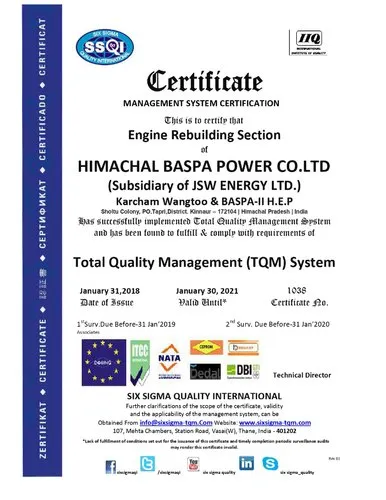ISO 17987 road vehicles local interconnected network (LIN), Uncategorized
ISO 17987 road vehicles local interconnected network (LIN)
Courtesy: ISO 17987 road vehicles local interconnected network (LIN)
LIN (Local Interconnect Network) is a serial network protocol used for communication between components in vehicles. It is a single wire, serial network protocol that supports communications up to 19.2 Kbit/s at a bus length of 40 meters. The need for a cheap serial network arose as the technologies and the facilities implemented in the car grew, while the CAN bus was too expensive to implement for every component in the car. European car manufacturers started using different serial communication technologies, which led to compatibility problems.

In the late 1990s, the LIN Consortium was founded by five automakers (BMW, Volkswagen Group, Audi, Volvo Cars, Mercedes-Benz), with the technologies supplied (networking and hardware expertise) from Volcano Automotive Group and Motorola. The first fully implemented version of the new LIN specification (LIN version 1.3) was published in November 2002. In September 2003, version 2.0 was introduced to expand capabilities and make provisions for additional diagnostics features. LIN may be used also over the vehicle’s battery power-line with a special LIN over DC power line (DC-LIN) transceiver. LIN over DC power line (DC-LIN) was standardized as ISO/AWI 17987-8.
CAN in Automation has been appointed by the ISO Technical Management Board (TMB) as the Registration Authority for the LIN Supplier ID standardized in the ISO 17987 series.

